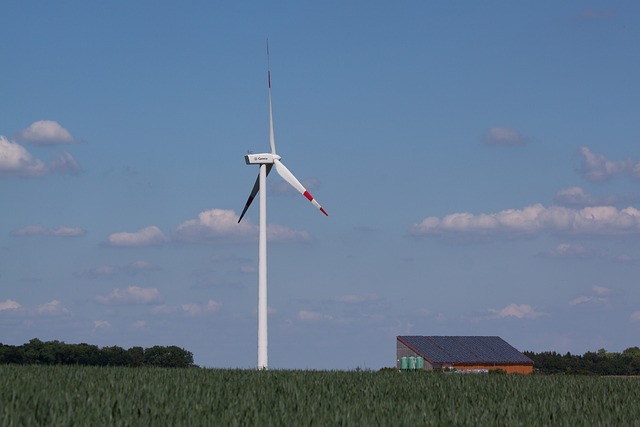Unveiling the Potential: Will Solar PV and Onshore Wind Costs Experience a Breakthrough Decline in 2023 and 2024?
Energy generating prices from new utility-scale onshore wind and solar PV projects are expected to fall by 2024, but the drop is not expected to be rapid enough to restore pre-COVID-19 levels in most markets outside China.


In the rapidly changing field of renewable energy, solar photovoltaic (PV) and onshore wind technologies are expected to see major breakthroughs in cost competitiveness between 2023 and 2024. These renewable sources continue to be the most economically viable for new electricity generation in many nations, even though they are still above pre-pandemic levels. Growing wholesale power rates and continuous technologies that should reduce costs further bolster the economic appeal of renewables.
Solar PV and onshore wind costs, while not yet at pre-pandemic levels, remain the most cost-effective options for new electricity generation. The renewable energy sector's adaptability and resilience are demonstrated by its ability to withstand economic crises while maintaining a competitive advantage over traditional fossil fuel-based alternatives.
Power contracts for the end of 2023 and into 2024 show a global trend of wholesale electricity prices two to three times higher than the averages reported in 2020. Prices have risen dramatically in the European Union, the United States, Japan, Australia, and India, increasing the economic appeal of solar PV and onshore wind. As governments battle with rising electricity bills, renewables' appeal as economical and sustainable energy sources grows even stronger.
Onshore wind and solar PV are still more affordable than other options, even with the ongoing difference in cost from pre-pandemic levels. The continued advances in the renewables industry further emphasize their economic potential. It is anticipated that ongoing research and development will lead to technology breakthroughs and efficiency advances, bringing down costs and increasing the competitiveness of onshore wind and solar PV against currently operating fossil fuel-fired plants.
The favorable outlook for solar PV and onshore wind extends beyond international borders. Countries around the world, including the European Union, the United States, Japan, Australia, and India, are increasingly turning to renewables to meet their energy demands and climate goals. The convergence of global market trends with the economic viability of solar PV and onshore wind paves the way for a significant growth in renewable energy capacity in the next years.
Government initiatives in favor of renewable energy and an increasing emphasis on sustainability have a major role in the increased trajectory of onshore wind and solar PV. The ongoing financial appeal of solar and wind projects supports investors' faith in the renewable energy industry. The regulatory landscape continues to support the expansion of renewable energy sources as long as governments throughout the world promote clean energy programs.
In the evolving chapters of the global energy transition, 2023 and 2024 are positioned as watershed moments for the cost competitiveness of solar PV and onshore wind. Despite costs remaining above pre-pandemic levels, renewables' economic viability is boosted by rising wholesale power prices and continuous innovation. The widespread adoption of solar and wind power, together with supportive government policies and investor confidence, establishes renewables as the foundation for a sustainable and resilient energy future, defining the narrative of global energy generation.
